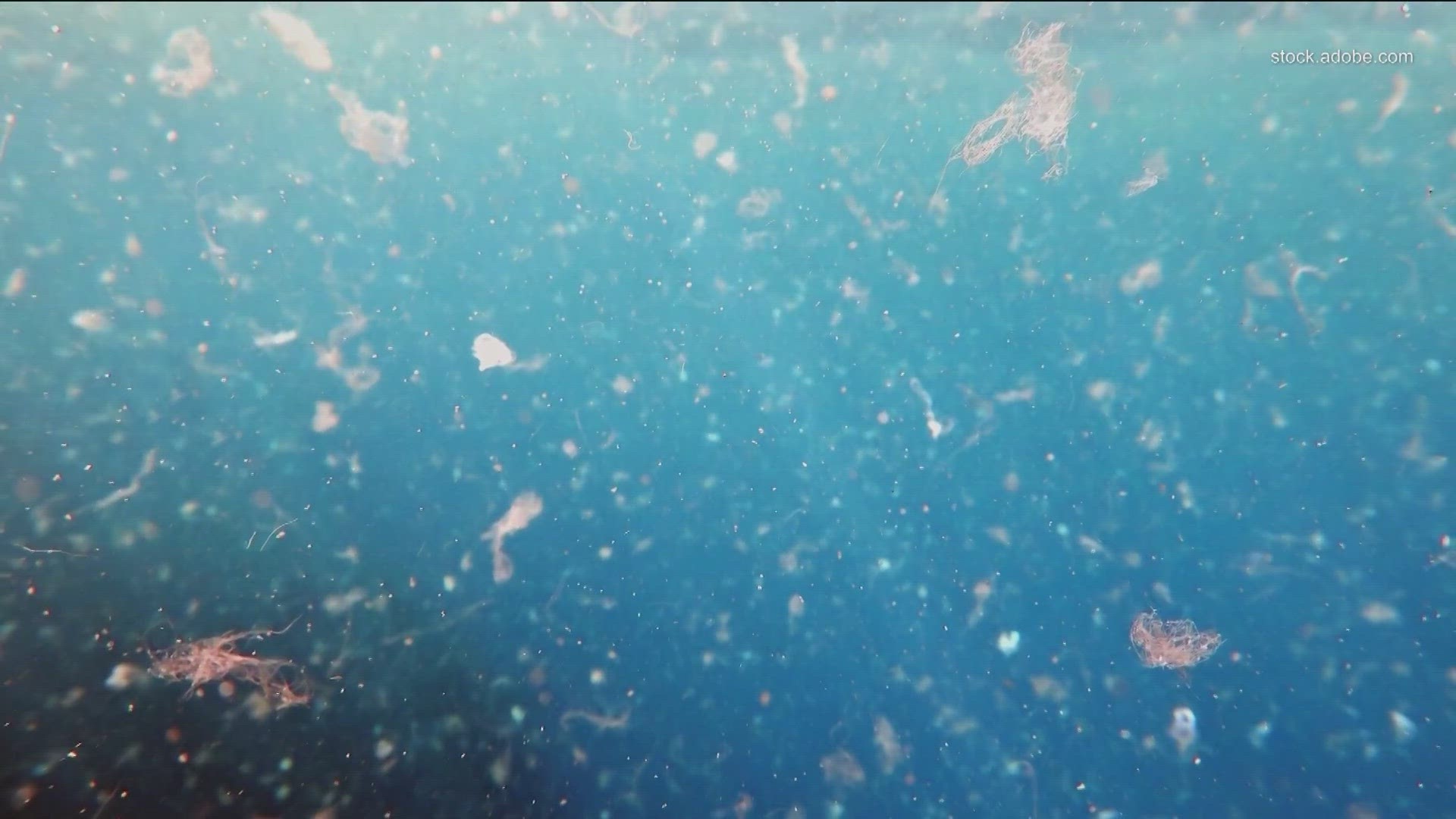AUSTIN, Texas — Central Texas is known for it's beautiful lakes and rivers. While many people love to spend their days in the water, the more people there are, the more trash we will see around our water ways.
Lady Bird Lake is most commonly known because it lies in the heart of Austin. Anytime there is rain, the runoff water drains into the lake.
As the water comes in, so does more trash.
Some of the most common trash items found in the lake are Styrofoam cups, single-use plastics and water bottles. Additionally, construction-related materials and clothing have been found accumulating in the water.
John Beachy, the City of Austin Watershed Protection's division manager, said the City has programs to try and keep the lake as trash-free as possible.
"Last year, the fiscal year of 2022, that effort brought over 30 tons of trash out of the lake," Beachy said. "And so, when you're talking about 30 tons of trash, if you imagine that is like 35 tons of plastic bottles, plastic bags and Styrofoam, it's a really a huge effort."
While there's a lot of work that goes into cleaning up Austin, it's still not enough.
"It really takes the community, citywide, to put in the effort day in and day out to help," Beachy said.
The plastics that are hard to reach will stay in our waterways, begin to break down and, eventually, turn into microplastics.
"So the microplastic is between five millimeters ... and ... I think, 20 microns," said Cornel Olariu, a University of Texas research scientist.
Microplastics are plastic that has been broken down to a size smaller than a grain of sand. Because these plastics are so small and low density, they can be found everywhere.
"The deepest part you can think," Olariu said. "The highest mountains you can think, and most remote things you can think like an Arctic, Antarctic ice or or things like that because it's blown by the wind."
And the dangers with microplastics increase because they're so small. The plastic particles are mixing with organic materials that organisms eat for food.
"There were studies on shrimp or fish," Olariu said. "They say they mix up their ... reproduction or ... growing patterns."
Now, to get a better idea of how microplastics are impacting Central Texas specifically, Olariu and his team have started a collaboration with the City to figure out how many microplastics are in our waterways.
It's impossible to entirely get rid of the plastics we use – they're in our car tires, clothes and even makeup. But while plastic is in almost everything we use, there are things we can do to help minimize the impact we have on our ecosystem.
"Anything that you bring out with you to our beautiful parks and natural areas, make sure that you come back to with you so they don't stay there," Beachy explained. "If you happen to do see a trash out there, you know, take a little bit of time out of your way to pick it up and put it in an appropriate receptacle on your way back to your car."

